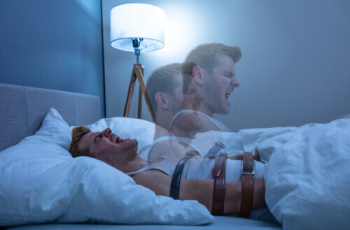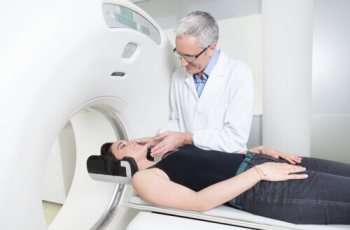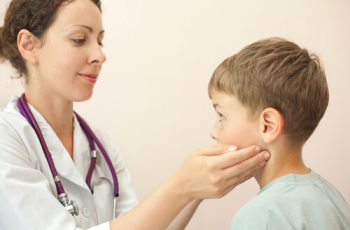Spinal Muscular atrophy symptoms

According to research, the majority of spinal muscular atrophy patients are infants and children, with a few adults. Signs and symptoms of spinal muscle atrophy depend on the severity and type of disorder. Children between six and twelve years old may start showing symptoms of spinal muscular atrophy, which indicate the severity of the disorder. Some children with mild SMA do not show symptoms for two years.
The symptoms of SMA vary depending on the type. Here are some symptoms that can be attributed to spinal muscular atrophy.
Scoliosis (curvature of the spine)
Curvature or scoliosis of the spine is a common symptom of spinal muscular atrophy. The severity of this curve depends on which type of SMA the patient has. Nearly 50% of type 3 SMA sufferers have scoliosis, and they can barely walk by themselves. Patients with type 1 and 2 SMA also experience scoliosis. The spinal cord is bent and curled sideways, causing poor posture. Curvature of spinal cord, or scoliosis as it is medically called, usually occurs in children just before puberty. Patients with mild spinal curves do not require additional medical attention, but they suffer in pain on a daily basis.
Scoliosis also affects other organs in the body, particularly those located in the abdomen, because the spine bends and the organs come together. In mild cases, scoliosis can cause spine deformities. Only 3% of adults suffer from scoliosis. Children are more likely to have severe cases as they grow older. The lungs cannot function properly when the spine bends in patients with spinal muscular atrophy. Scoliosis can cause severe disabilities in patients with severe SMA.




